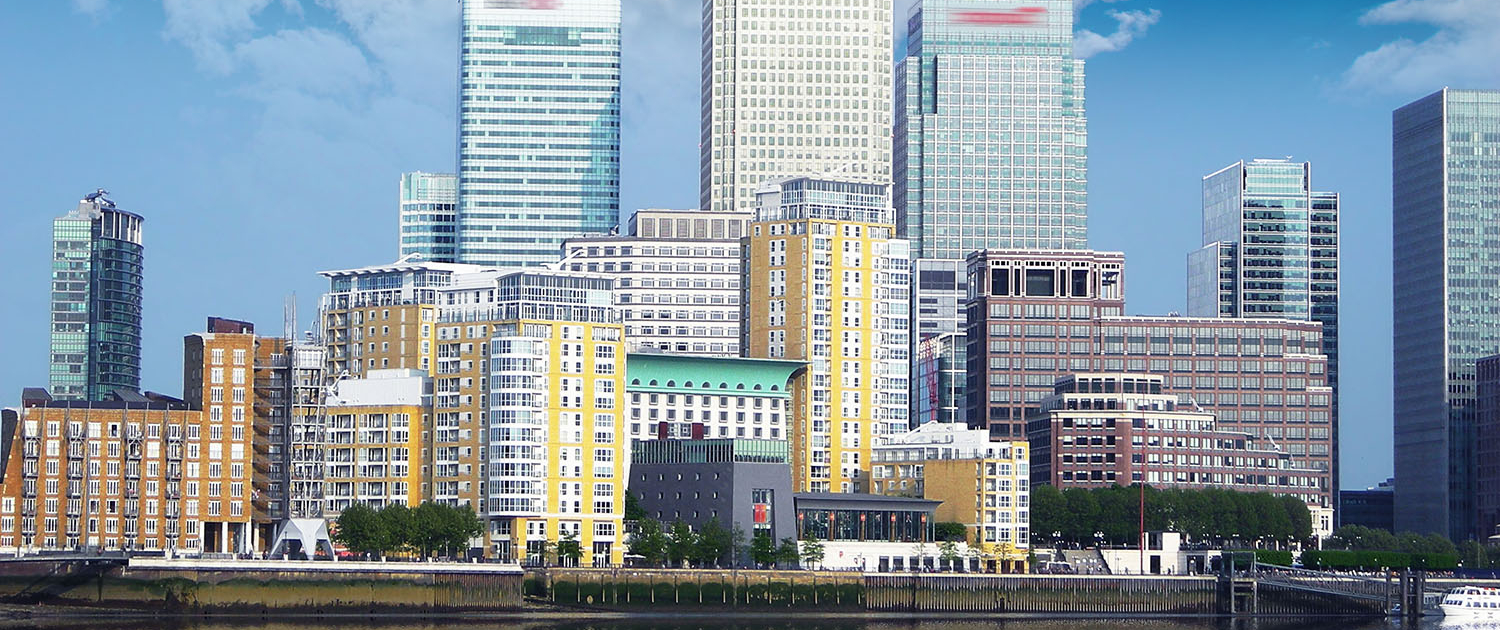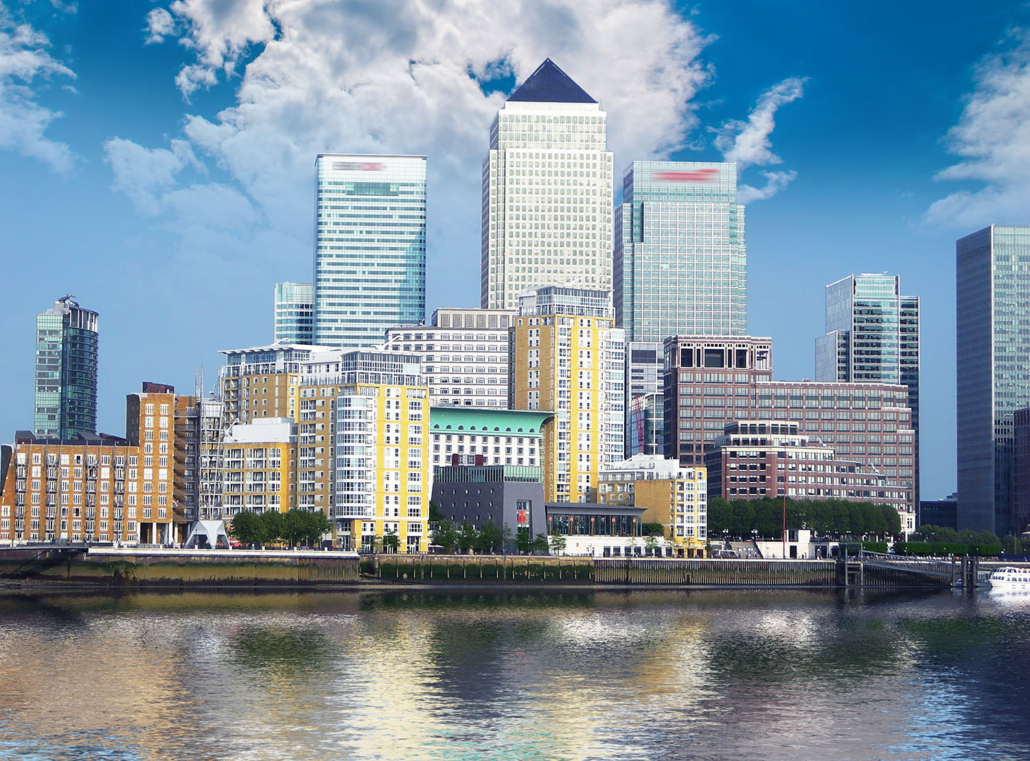What changes are affecting economic opportunities in London?
Urban change in London has created a range of economic opportunities. Some of the factors bringing about these changes include:
- The migration of skilled youthful entrepreneurs from other areas of the UK and abroad to the city.
- Extensive urban regeneration through transforming derelict industrial buildings and redeveloping brownfield sites.
- The growth of universities and the resulting skilled, educated graduate workforce have supported the growth of service industries such as banking, finance and insurance and public services.
How has employment in London changed?
Since 1998, employment opportunities in London have increased, as shown in Figure 1 below.
The services sector, particularly “Professional, real estate, and business services,” has experienced the most significant growth. This sector encompasses various professions, such as roles in corporate headquarters, management consulting, legal and accounting services, estate agencies, advertising, and market research. These industries have been pivotal in generating many new jobs and have been crucial in driving London’s economic growth.
Conversely, the manufacturing sector has faced a decline in employment opportunities over the same period. The number of manufacturing jobs in London has significantly diminished, resulting in the city having only a limited presence of factories today.
How has the redevelopment of London’s Docklands created economic opportunities?
Historically, London’s industries were centred around its role as a port. London has been a port since Roman times. Later, docks were built to receive the huge number of goods and raw materials brought to London by ship. It supported the development of industries around the docks, such as flour mills, sugar refineries and timber yards. By the 1970s, the docks declined as larger container ships could not navigate the River Thames. The docks began to close, and by 1980 they were empty, with many of the surrounding factories and warehouses closed.
The London Docklands Development Corporation (LDDC) was established by the government in 1981 to regenerate the docks. The organisation attracted considerable private investment, leading to the extensive regeneration that has transformed areas such as Canary Wharf, now home to London’s financial district.
Canary Wharf now boasts high-rise office buildings housing international banks. With over 100,000 people employed there, and in conjunction with the City of London, Docklands has helped make London a major global financial centre.
Find out more about the London Docklands redevelopment in our case study.
Related Topics
Use the images below to explore related GeoTopics.



